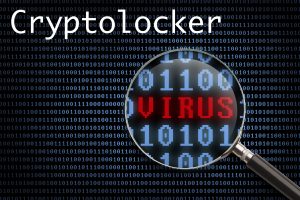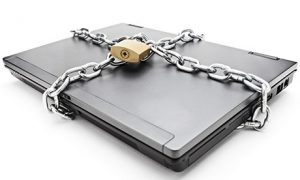At the beginning of 2020, the Federal Government and the Australian Cyber Security Centre (ACSC) announced the Essential Eight (E8). The E8 is a strategy for businesses to mitigate cybersecurity incidents, protecting their systems against a range of adversaries.
What is the “Essential Eight”?
The ACSC has admitted that no single mitigation strategy guarantees total prevention of cybersecurity incidents. However, they encourage organisations to implement the eight essential strategies as a baseline. These mitigation strategies are also deemed cost-effective with regards to time, money and effort when compared to the resources needed to respond to large-scale cybersecurity incidents.
- The E8 strategies are categorised into three groups:
- Strategies to Prevent Malware Delivery and Execution,
- Mitigating the Extent of Cyber Security Incidents, and
- Recovering Data and Maintaining System Availability.
For more information on these strategies visit the Australian Cyber Security Centre.
How will the Essential Eight affect your business?
These new strategies are now a benchmark for any business or organisation who is required or aspires to work with the Government, Health or other contracts containing sensitive data. Whether your business is compliant with these strategies or is not is now a big factor when it comes to Government tenders, contract pitches and so forth. It is also likely that other big corporations dealing with data will also require their business partners to be compliant with the E8 before starting any work.
Complying with the Essential Eight
As a business owner or IT professional, your first task will be running an IT security audit and comparing your current system to the strategies outlined by the Government. From here, you will be able to identify your weaknesses and gaps in security. Your business can begin implementing the eight strategies anytime, and suggested approaches from the Australian Cyber Security Centre are available.
How eStorm can help
You do not need to handle or manage this change on your own. Our team understands auditing your current system and updating your strategies to suit the new benchmarks is not an easy task. Our friendly IT support team is here to help your business obtain a high-security standard, going beyond the E8 strategies.
Currently, the E8 strategies are heavily based on Windows-based systems. However, our team covers this and more to ensure your business’ IT is secure. Our broad services include Mac Controls, Perimeter Security (Firewalls and Universal Threat Management), and breach mitigation (honeypots and intrusion detection systems).
If you have questions regarding how the Essential Eight will impact your business or how to maintain high-security standards, the eStorm is here to help. Contact us today!


 Through this increase in ransomware activity from mid-2015 to early 2016, there has been a myriad new variants of the attack.
Through this increase in ransomware activity from mid-2015 to early 2016, there has been a myriad new variants of the attack. attachments.
attachments.